“In 1901,” Nick Grewal pointed out as he stood on the 18th Fairway of the Pebble Beach Golf Links, “4,067 cars were built in the United States, and 28 percent of them were electric powered.”
In the early years of the American automobile, about one-third of the horseless carriages were powered by liquids distilled from petroleum, about one-third by stream, and about one-third by electric batteries.
Unfortunately for those producing those early electric vehicles, Grewal continued, “a gas can contains more potential energy than the equivalent-sized volume of steam or electric battery.” Steam also lost because who wants to start a boiler 45 minutes or more before it’s time to depart?
There’s that, and then Charles Kettering went and created the electric starter, and determined the course of automotive history for the next century.
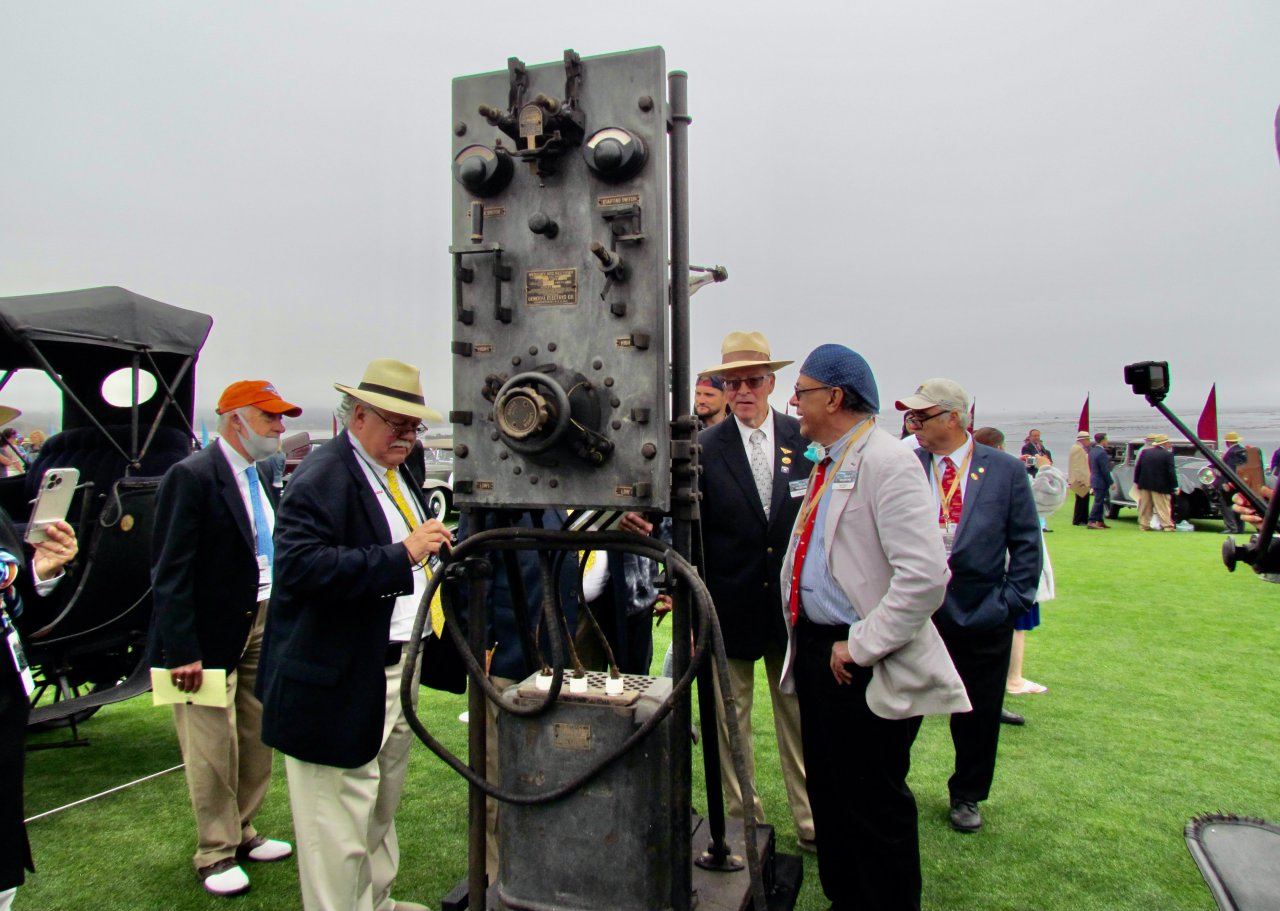
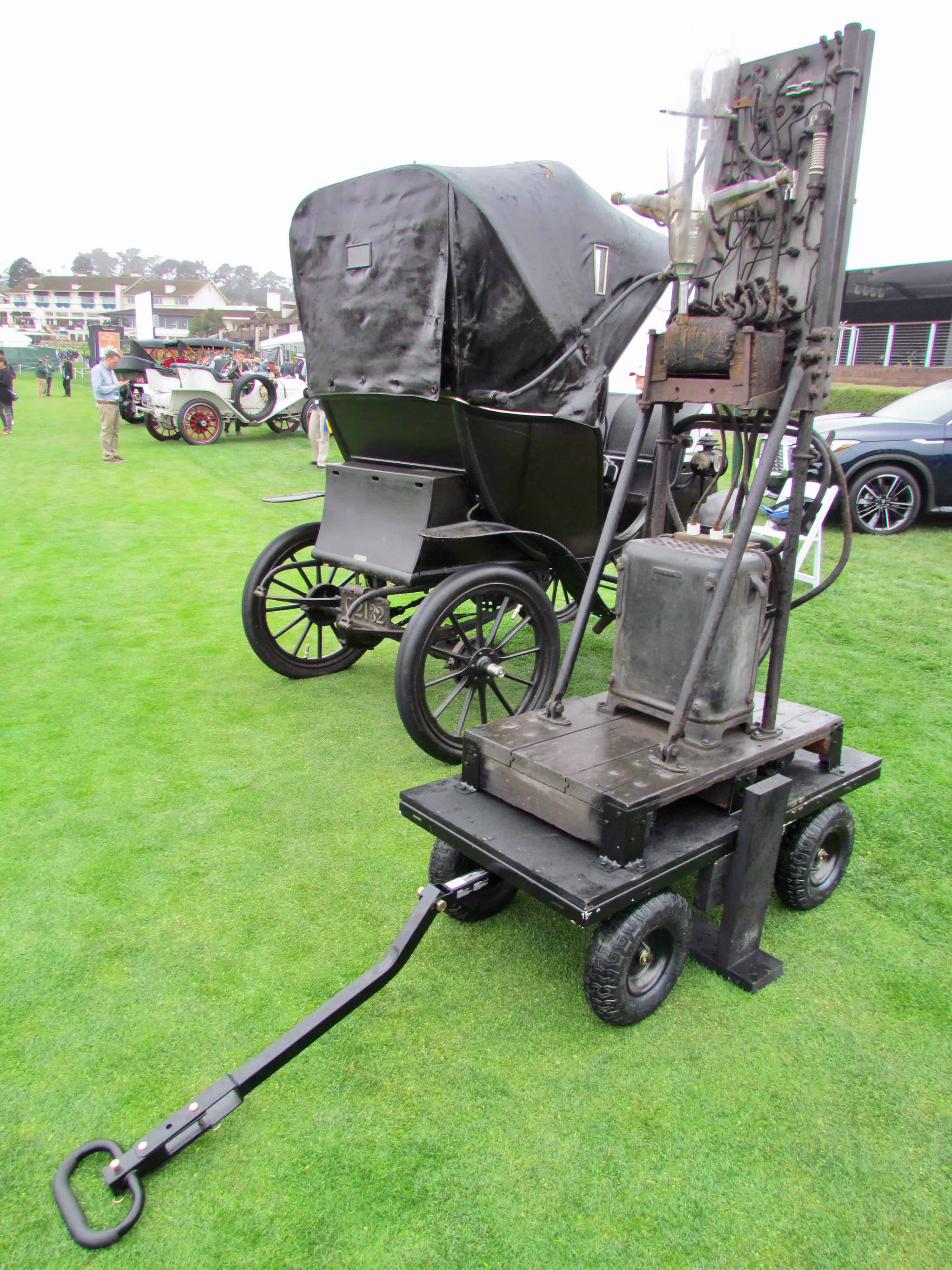
Grewal’s 1902 Columbia and early EV charging device 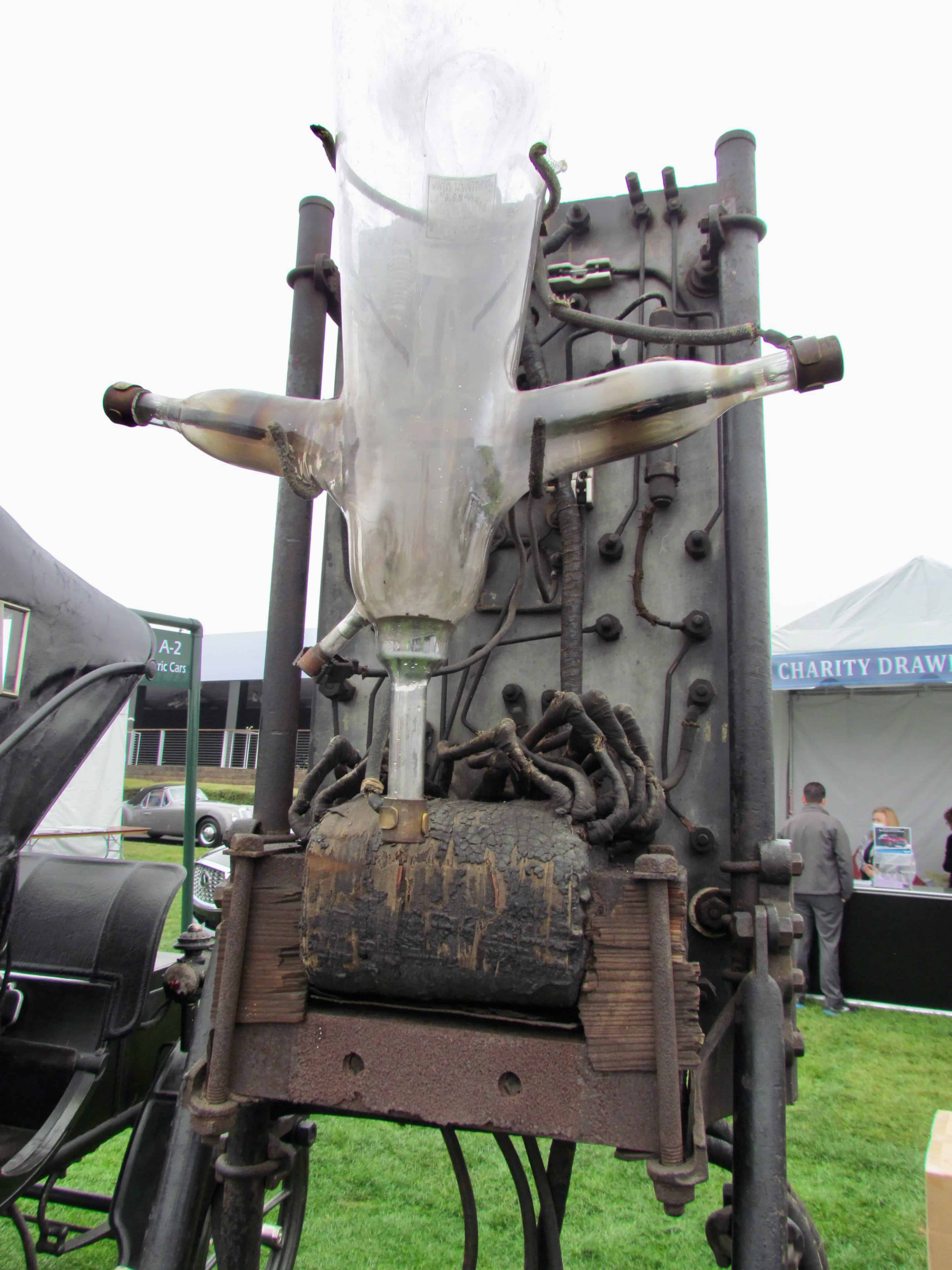
Close up of the backside of the charging unit
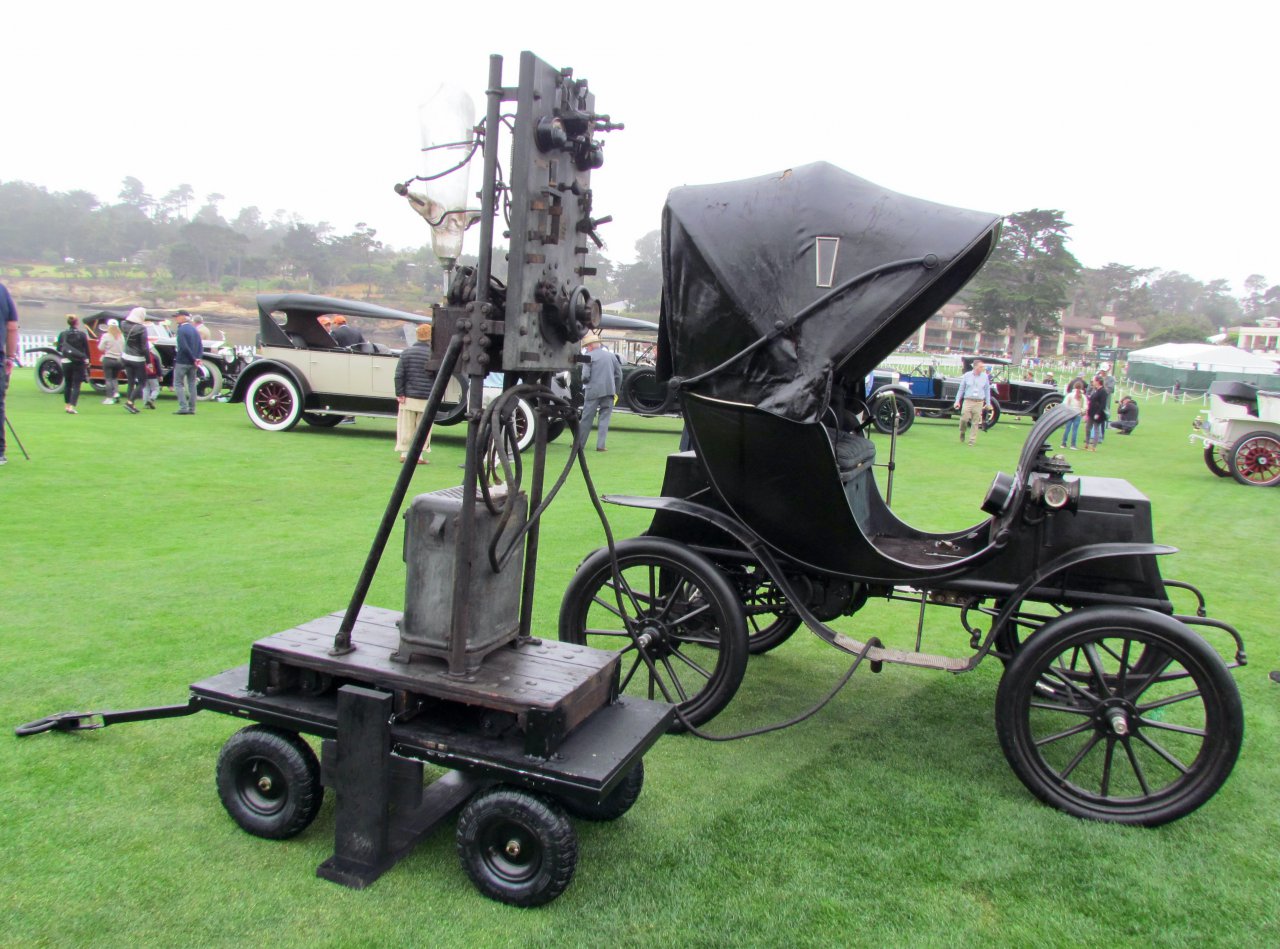
But now electric vehicles are all the rage, if not for their limited range and time needed for recharging, and Grewal was among those showing a vehicle in the “Early Electric Cars” class at the 70th Pebble Beach Concours d’Elegance.
But in Grewal’s case, he wasn’t showing just his electric-powered 1902 Columbia Mark XXXI Victoria Phaeton, but the amazing antique General Electric Mercury Arc Rectifier that served as a home-charging station for the vehicle’s batteries.
Grewal explained — first to the Pebble Beach judges and then to the ClassicCars.com Journal — how the arc rectifier worked, with AC current coming in, how various processes are used — including the glass device with mercury that glows purple when working — and how 40 volts of DC current flows out to recharge the car’s batteries, providing enough energy for another 25 miles of travel.
Grewal has three early electric vehicles. He showed his Waverly at Amelia Island, and expects to take his Detroit Electric to the Hilton Head concours.
His 1901 Columbia was produced by Pope Manufacturing, Col. Albert Pope hiring Hiram Percy Maxim to run his motorcar division, which produced several hundred EVs bearing the Columbia label. Grewal said his is one of only two such vehicles remaining.
Grewal has owned his EVs for a couple of years. In the 1980s, he launched Nashoba Networks and started producing internet routers and switchers, sold that operation to Cisco, and became an investor in high-tech companies.
He’s fascinated, he said, by how industries are built and, at age 66, he decided to start another company, Lowell, Massachusetts-based ePropelled.
On its website, ePropelled, which has divisions in England and India, says it specializes in magnetic-engineering innovations designed to improve electric motor and generator efficiency for propulsion systems. Grewal said his goal is develop the technology that will become like the ubiquitous “Intel inside” label, except for electric vehicles instead of personal computers. ePropelled also is doing work with drones and water pumps.
Here are the other vehicles that comprised the Early EV class at Pebble Beach:
1896 Riker Electric roadster

Andrew Lawrence “A.L.” Riker founded the Society of Automotive Engineers and was its first president (a fellow named Henry Ford was vice president). He helped build “Old 16,” the Locomobile that won the 1908 Vanderbilt cup, and also founded Riker Electric. Making this car a wonderful human-interest story is that after being part of the Harrah Collection, it is currently is owned by Riker’s grandson, Richard Riker, and Richard’s wife, Judy.
1898 Riker Electric Phaeton

A.L. Riker built this car for racing. After its racing career, the car became Riker’s daily driver, then gave it to his wife, Edith. Riker Electric was sold to Col. Albert Pope, and Riker donated this car and five others to Henry Ford for his museum. In 1984, the car was sold to Riker’s daughter-in-law, Eleanor, who died in 1998. The car is owned by Manny and George Dragon, and recently was rewired to make it drivable again.
1905 Columbia Mark XXXV Brougham
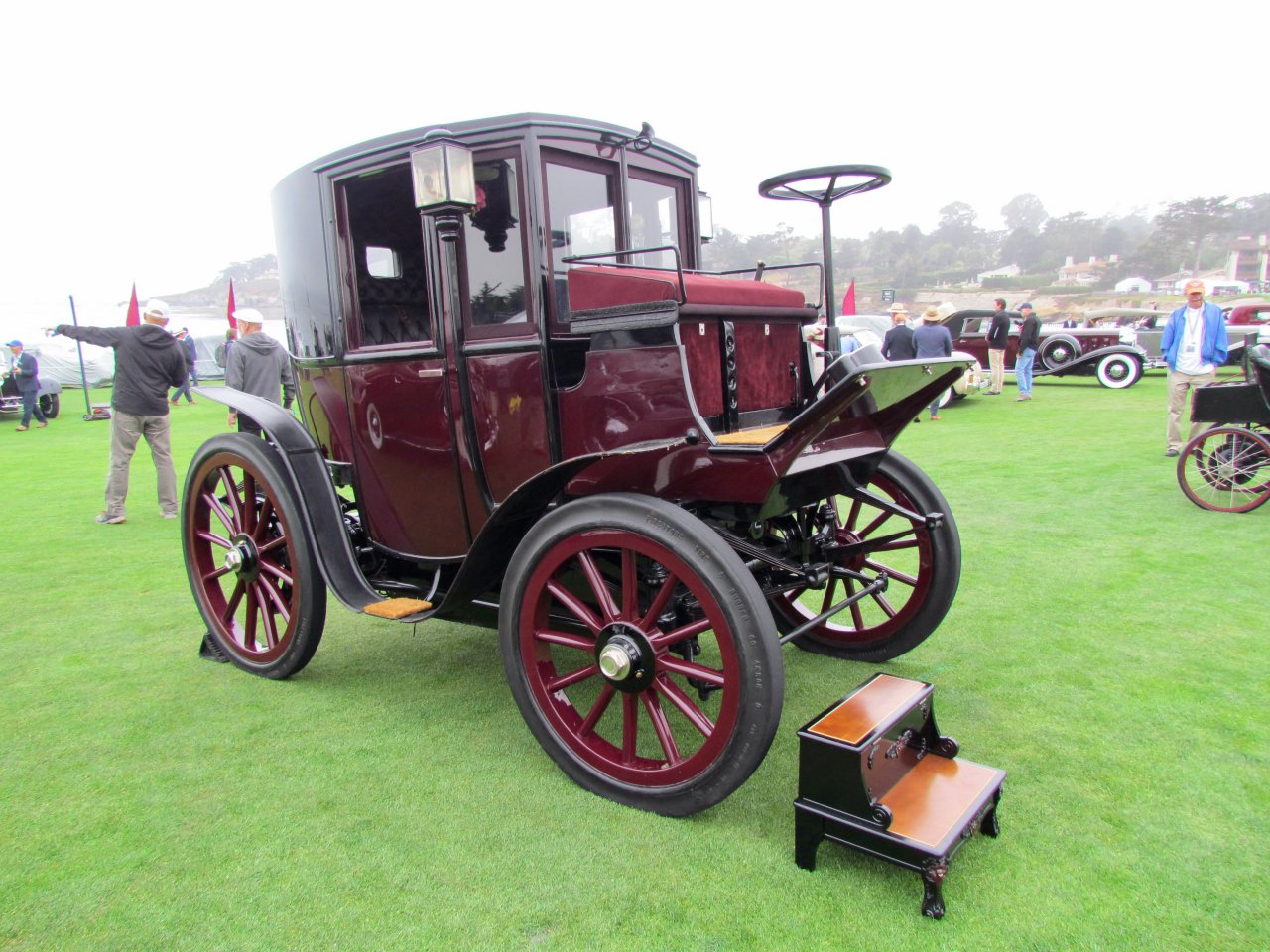
This car was discovered in a New York City livery stable in 1948 by collector Henry Austin Clark Jr., who displayed it in his Long Island Automobile Museum. It currently resides at the Stahl Collection museum in suburban Detroit.
1908 Bailey Electric Victoria Phaeton
Another museum piece (Larz Anderson Auto Museum), the Bailey Electric (see top photo)reportedly claimed a range of 150 miles in good conditions and 100 miles “under any conditions.” When new, this example did a drive from Boston to New York to Chicago, averaging better than 21 mph without needing any repairs or replacement parts.
1912 Baker Victoria

This Baker resides at the Henry Ford Museum in Michigan. A 1910 Baker Victoria set a range record, covering 201 miles — at an average of 12 mph. President William Howard Taft owned this Baker electric and he and his wife, Helen, often drove it around Washington. The Tafts’ daughters also drove the car frequently, and after the Taft administration the car went to Florence Harding, wife of Warren Harding, and then to Grace Coolidge, another First Lady.
1912 Rauch & Lang TC4 Brougham
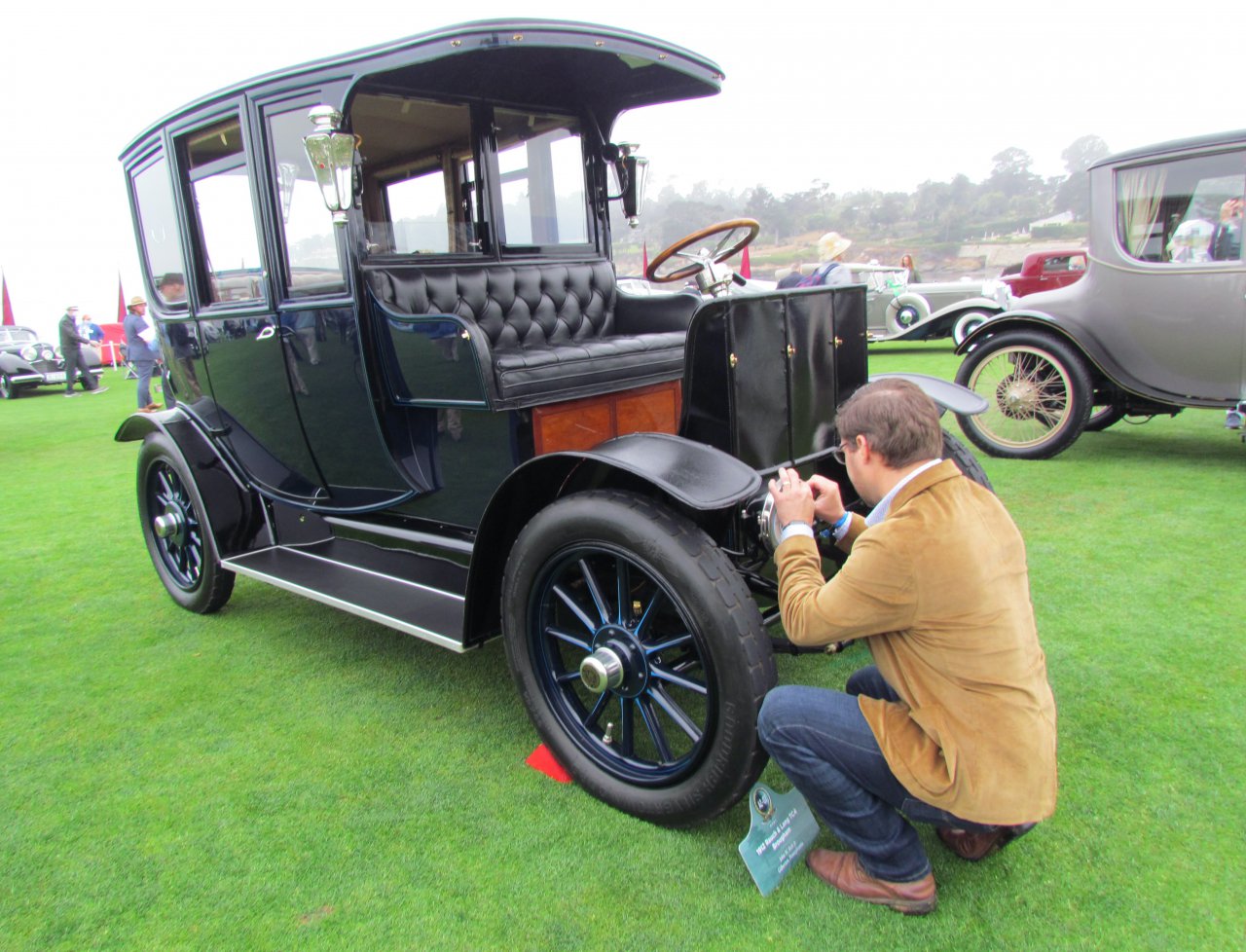
This car, now owned by John W. Rich Jr., formerly was owned by Tomas Alva Edison, who drove it and then displayed it at the Edison Institute museum.
1922 Milburn Light Electric 27L carriage
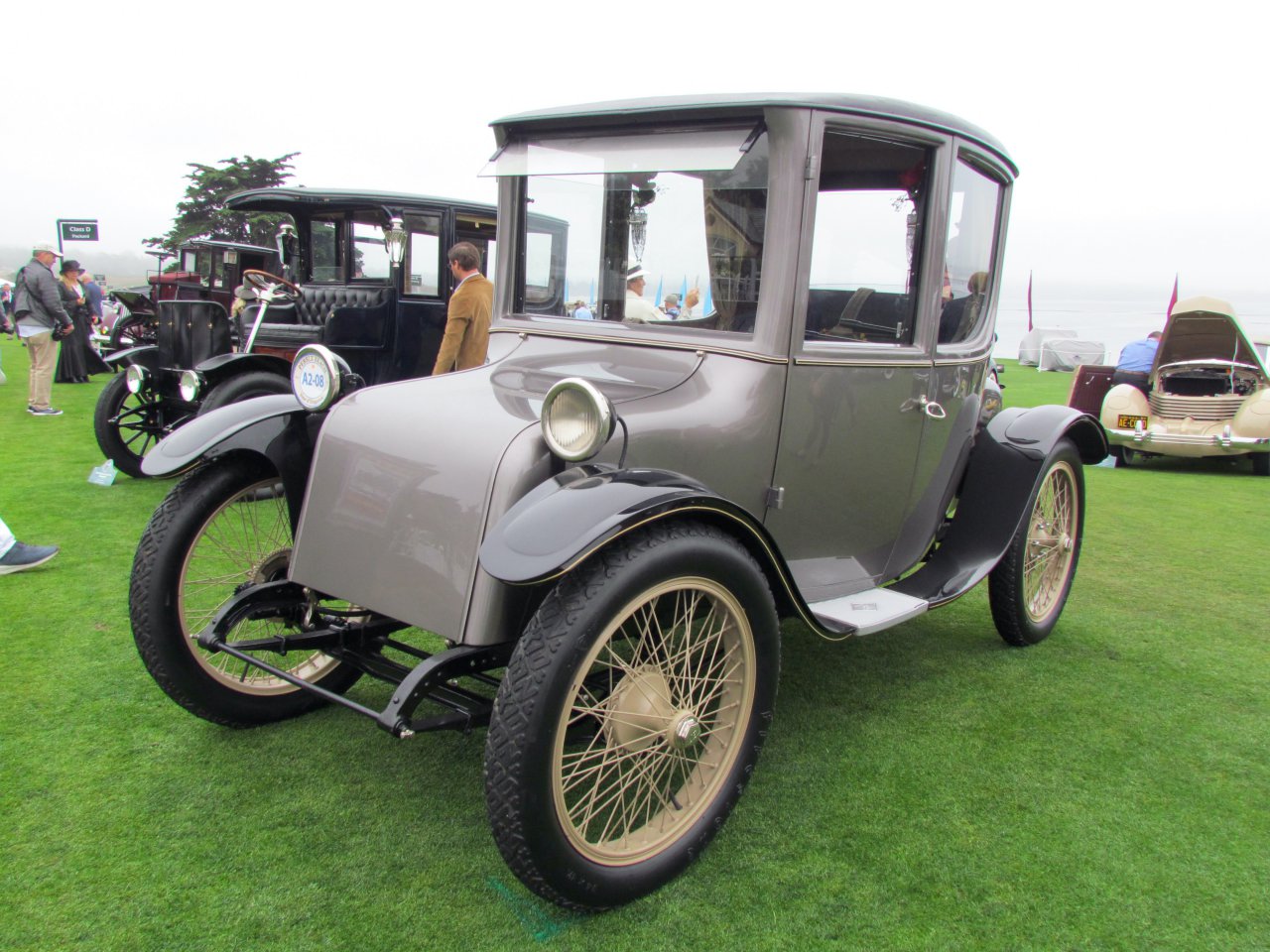
Yet another museum vehicle (Tampa Bay Automobile Museum), this one was produced by Milburn, which also produced coachwork for Oldsmobile and Ohio Electric, as well as vehicles used by the Secret Service during the Wilson Administration. The Milburn 27L feature a cold-fired foot heater and retractable windows. It also had 4 forward and 2 reverse speeds.
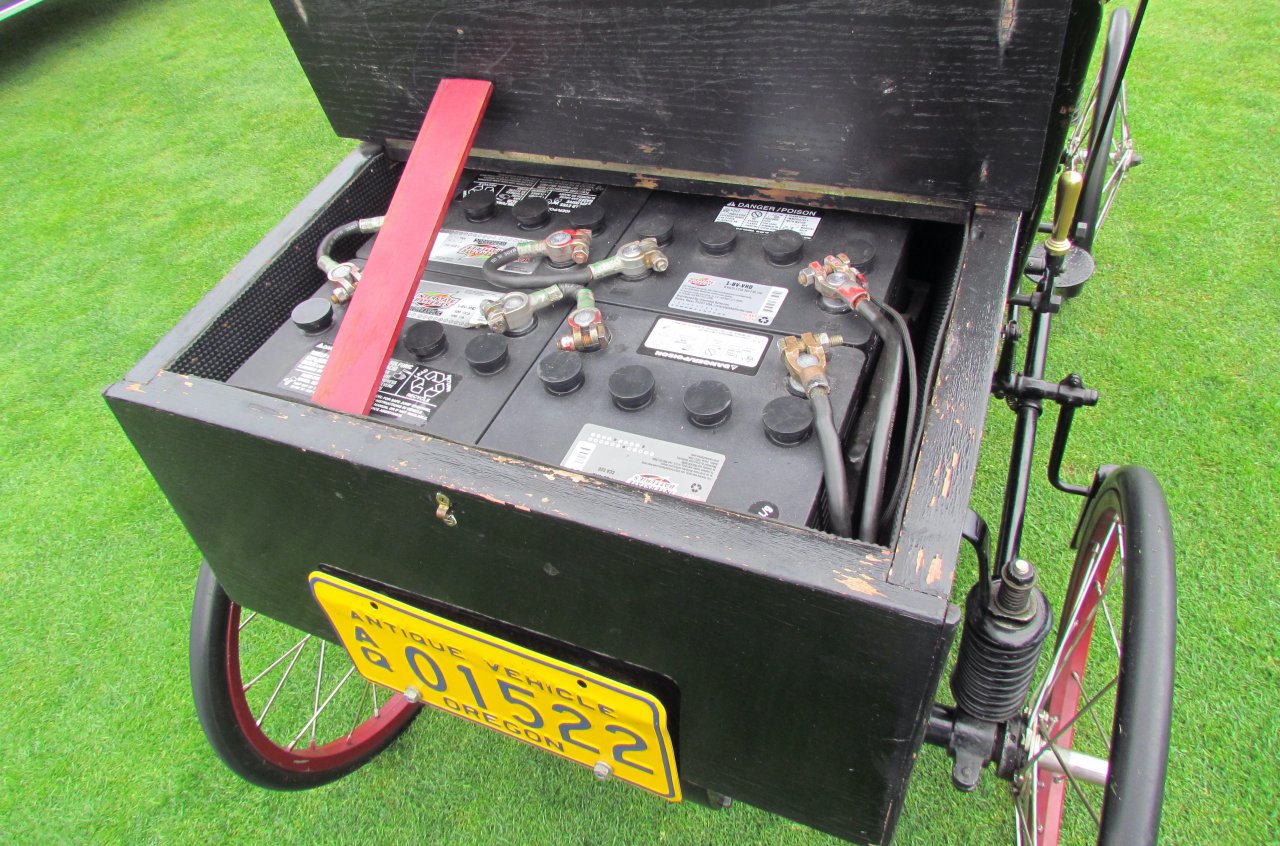
Battery power 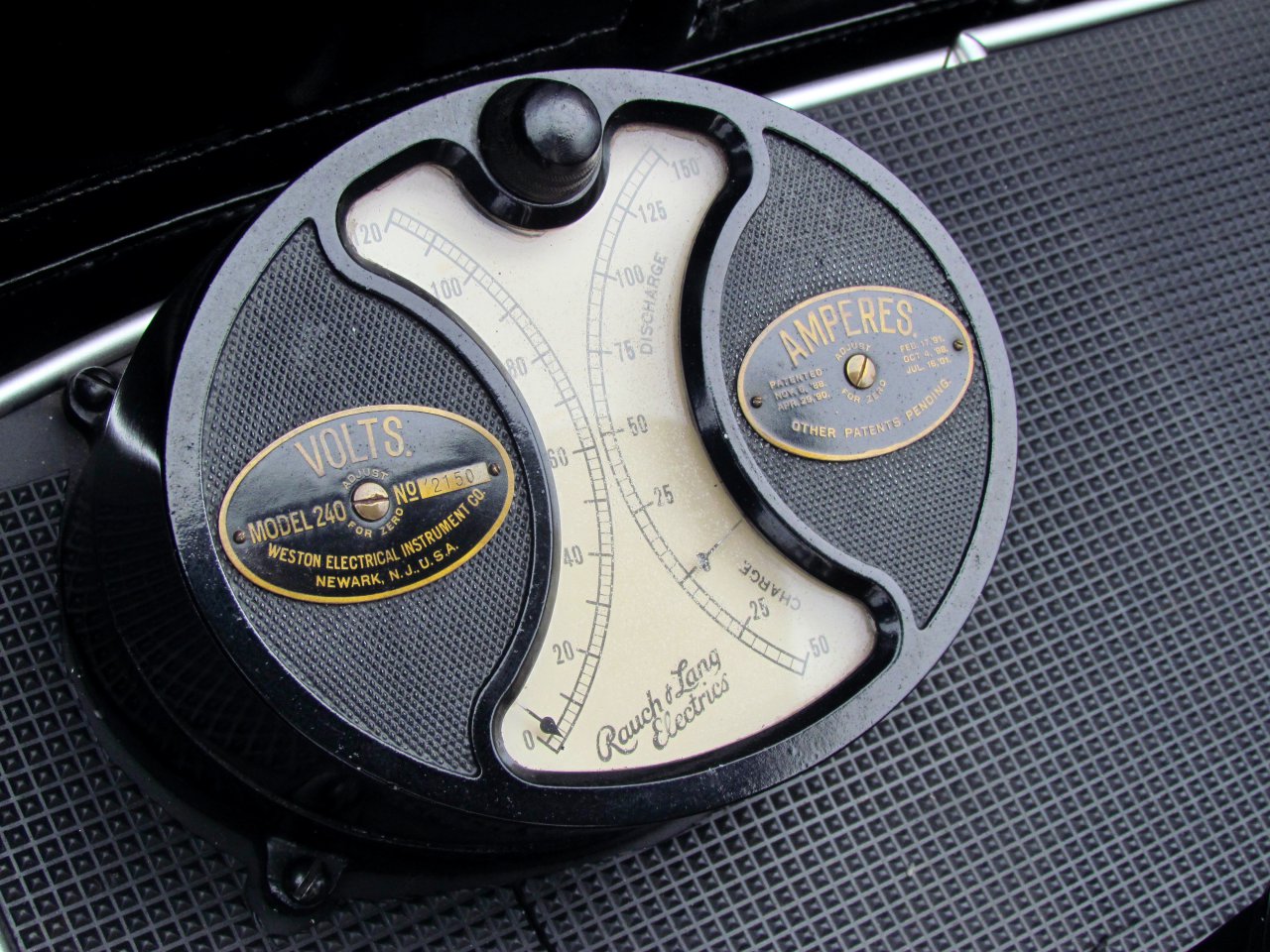
Volts and amps



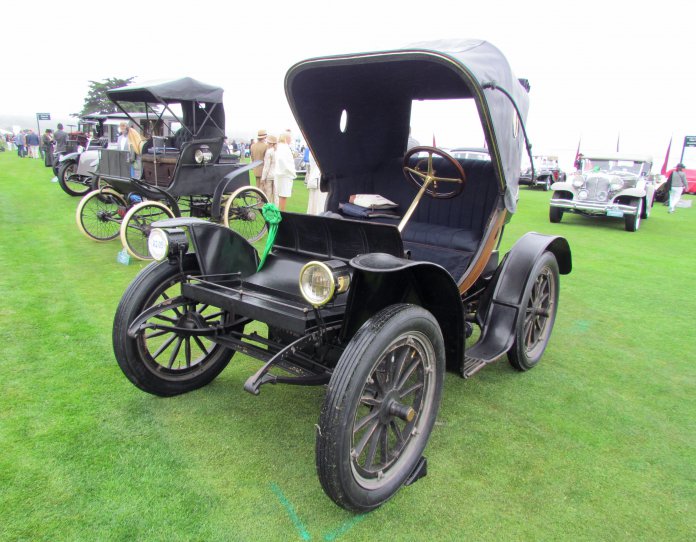


Wasn’t there an electric car that came with electric lights in 1898? Are there any known to exist?